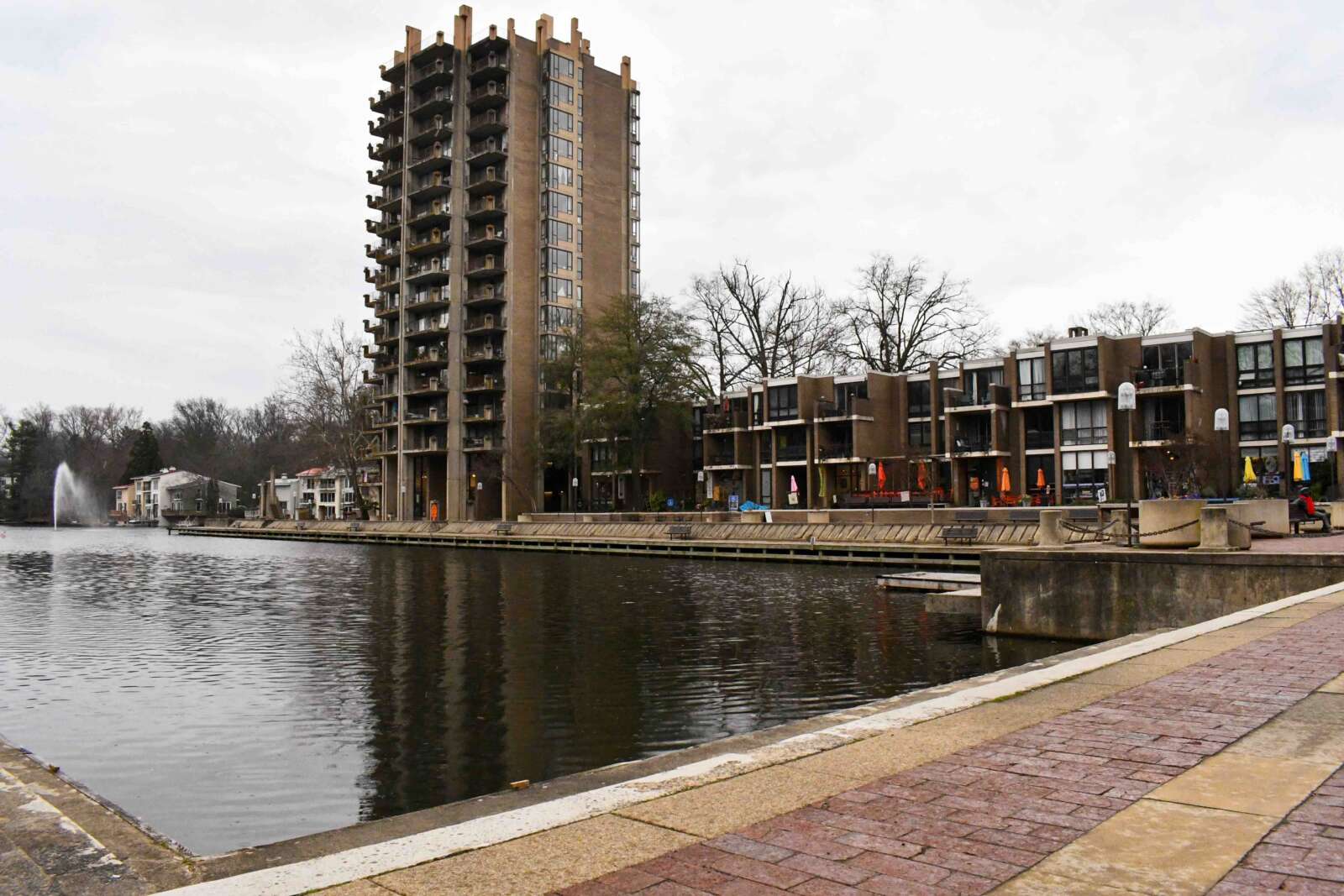The Reston Association’s Board of Directors received a summary last week of the second annual report about the state of the environment in Reston.
Doug Britt, a Virginia Master Naturalist and the director of Reston Association’s first Reston Annual State of the Environment Report, gave an overview of the 2018 Annual State of the Environment Report (RASER) at a Reston Association meeting on Thursday (Nov. 15).
The study is intended to give readers a better understanding of Reston’s current environmental conditions in order to provide a baseline against which future changes to the environment can be measured.
The second RASER updates all of the topics addressed in the first one, along with adding new topics and recommendations. The results of the first RASER arrived in January after it was published last July.
The report has 11 new recommendations, which include the following:
- Schedule dredging when nuisance aquatic weeds are dormant
- Enforce shoreline distribution regulations for cluster shoreline properties
- Create a plan to alert residents about lake safety issues
- Assess whether de-icing salts are affecting water quality
- Partner with organizations to conduct native plant education programs, to use edible plants in landscaping and to distribute leftover food
- Determine baseline noise levels throughout parts of Reston
The report also has an analysis of 19 environmental attributes — rating them on a scale of green (good), yellow (fair), red (poor) and undetermined — and adds in excerpts from Fairfax County’s Environmental Vision Document. “I feel confident as a community that we are way ahead of a lot of other county committees in meeting the revised vision document of the county,” Britt said.
Attributes that got a “green” rating include air quality, drinking water, wastewater treatment, hazardous and toxic waste and environmental education.
Streams received a bump from “red” to “yellow” status this year after more diversity than expected was found in them over the summer, Britt said, adding that almost half of Reston’s streams have been restored. Lakes and ponds, urban forests, landscaping, wildlife management and light pollution also got bucketed in the “yellow” rating.
Attributes that lacked enough data for an adequate rating included wetlands, mammals, reptiles and amphibians, invertebrates and noise pollution.
Only one received the “red” designation: stormwater management. “When Reston first developed in the early 60’s and 70’s, the stormwater was typically shunted from development sites into nearby receiving sites as quickly as possible trough impervious surfaces,” Britt said. “This resulted in the streams not being able to handle the capacity of storm surges.”
South Lakes District Director Julie Bitzer said at the meeting that she has had a lot of residents talk to her about erosion and stormwater management, because of the amount of rain this year. “I think that is something we need to look at,” she said.
Britt encouraged the board to move away from the “band-aid approach” of expensive lake dredging to remove sediment and instead focus on soil erosion prevention, which he said will be a more cost-efficient choice for improving streams and water quality issues. He also suggested that the board empower residents to help by using low-technology solutions like rain gardens and also set higher standards for developers.
Britt also provided a breakdown of the progress of the 61 recommendations made in last year’s report. Two have been completed, while the rest include 14 lacking progress, 20 with limited work done and 25 with “substantial” progress.
“I don’t want anybody to get the idea that because only two were fully completed, that this designates some ignoring of these recommendations, because very few of the recommendations were what I would call ‘one and done,'” he said.
The three highest priorities should be protecting Reston’s urban forests, improving surface water quality and maintaining “robust” education and outreach programs, Britt said.
RASER recommendations will continue annually, while updates will come every other year, Britt said. The next updated text is expected to be released in 2020.
Photo via Reston Association/YouTube






